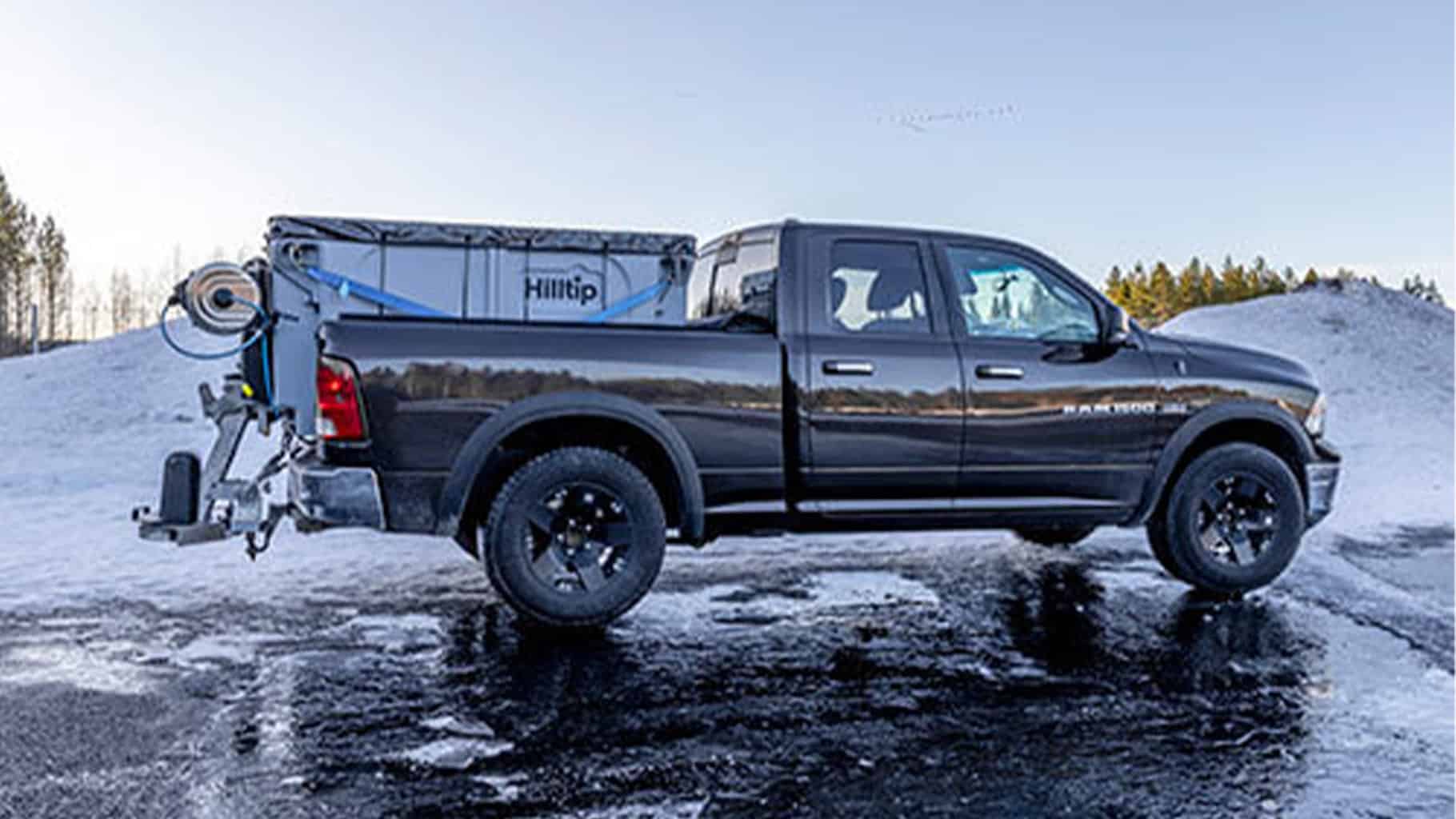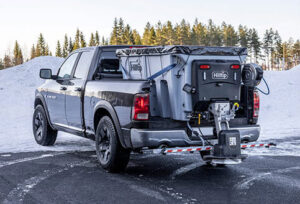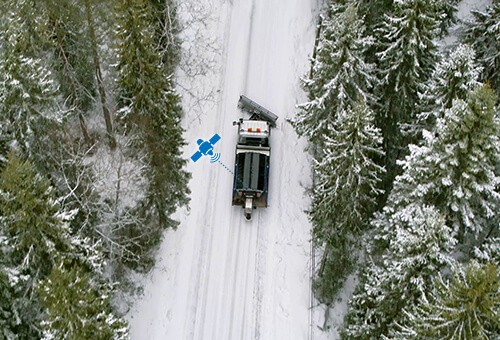North America – Winter maintenance professionals in North America have been relatively slow to embrace the use of liquids for snow and ice management, unlike their European counterparts who have already incorporated this technology. However, experts suggest that it’s only a matter of time before liquids become the norm in North America as well.
July, 6 2023 | Craig Sandmann, Snow Plow News Guest Editor

Unveiling the Benefits: A Win-Win Situation
While many winter maintenance contractors are cautious and waiting for others to adopt liquids first, the truth is that the transition to liquid ice management can be easier than anticipated with the resources and equipment technologies available today. Those who implement liquids now could gain a significant advantage over competitors who hesitate. It’s time to find some “liquid courage” and explore the benefits of incorporating liquids into your winter maintenance services.

Reduced Salt Costs: A Financial Advantage
The benefits of using liquids for winter maintenance are well-known among contractors. One of the most significant advantages is the potential to reduce salt costs significantly. Contractors can expect a realistic reduction of at least 30% in salt usage, with many achieving savings of 40-50%. In some cases, contractors have even managed to save up to 75% through efficient liquid management. The money saved on materials can have a direct positive impact on the bottom line.
Environmentally Friendly Solutions: Protecting the Planet
Another major benefit of liquid ice management is its positive environmental impact. By using less salt, there is a reduced risk of salt runoff into waterways and sensitive areas such as landscaping. As awareness about environmental concerns grows, some states have already introduced legislation to regulate salt usage. Contractors can expect more widespread and stringent regulations in the future, making liquid alternatives increasingly necessary.
Liability Reduction: Minimizing Legal Exposure
Liability reduction is also a significant factor driving the adoption of liquid ice management. In today’s litigious society, effective snow and ice management is crucial to avoid lawsuits. Liquids, when used properly, can enhance the effectiveness of winter maintenance programs, reducing the risk of legal exposure.
Overcoming Roadblocks: Solutions for a Smooth Transition
Despite these benefits, there are roadblocks preventing widespread adoption of liquid ice management. One of the common concerns among contractors is how to obtain brine. Many assume they have to produce it themselves, but the cost of equipment and the complexity involved often discourage them. However, the most practical approach for most contractors is to purchase brine from reliable chemical companies with expertise in manufacturing. The convenience of buying and storing brine in totes from suppliers outweighs the challenges of producing it in-house.
Boosting Confidence: Education and Resources
Lack of confidence in using liquids is another roadblock. While contractors are becoming more aware of pre-wetting, anti-icing, and de-icing techniques, factors such as ambient temperatures, ground temperatures, and weather forecasts complicate the application of liquids. Contractors need education and training to navigate these considerations effectively. Fortunately, online resources, professional associations, and even governmental agencies offer accessible education and certification programs. Brine suppliers, who possess extensive chemical knowledge, are an often-underutilized resource that can provide guidance on the appropriate liquids for different conditions.
Billing with Confidence: Emphasizing Value
Billing for liquid services is another concern for contractors. However, contractors can overcome this obstacle by emphasizing that clients are paying for a clear parking lot rather than the specific materials used. Clients who prioritize environmentally friendly services are often willing to pay for more effective solutions without significant cost differences.
Gaining a Competitive Advantage: The Green Edge
In fact, offering pre-wetting, anti-icing, and liquid de-icing services can be a competitive advantage for contractors. Clients are increasingly interested in environmentally friendly options, and the latest electric-powered equipment offerings can further enhance this aspect. Electric-powered high-flow brine sprayers, running off the vehicle’s electrical system, provide a selling point to environmentally conscious clients looking to reduce their carbon footprint.
Efficiency and Accuracy: Advanced Equipment and Controls
Moreover, advanced controls and software systems can increase efficiency. For example, Hilltip’s HTrack™ tracking system allows contractors to set desired application rates for each jobsite using a computer, smartphone, or tablet. The system uses GPS positioning to recognize the location and automatically adjusts the sprayer flow based on the vehicle’s speed, ensuring accurate material application. This capability saves salt by preventing over-application and provides documented data for billing and dispute resolution.

Embracing the Future: Seizing the Opportunity
Contractors are running out of excuses not to embrace liquid technology, thanks to equipment advancements and readily available educational resources. The adoption of brine and liquid-based winter maintenance practices in North America is inevitable, as it has been in Europe. By implementing liquids now, contractors can position themselves ahead of the curve and gain a competitive advantage. So, it’s time to get some “liquid courage” and start reaping the benefits of incorporating liquids into your winter maintenance services.
